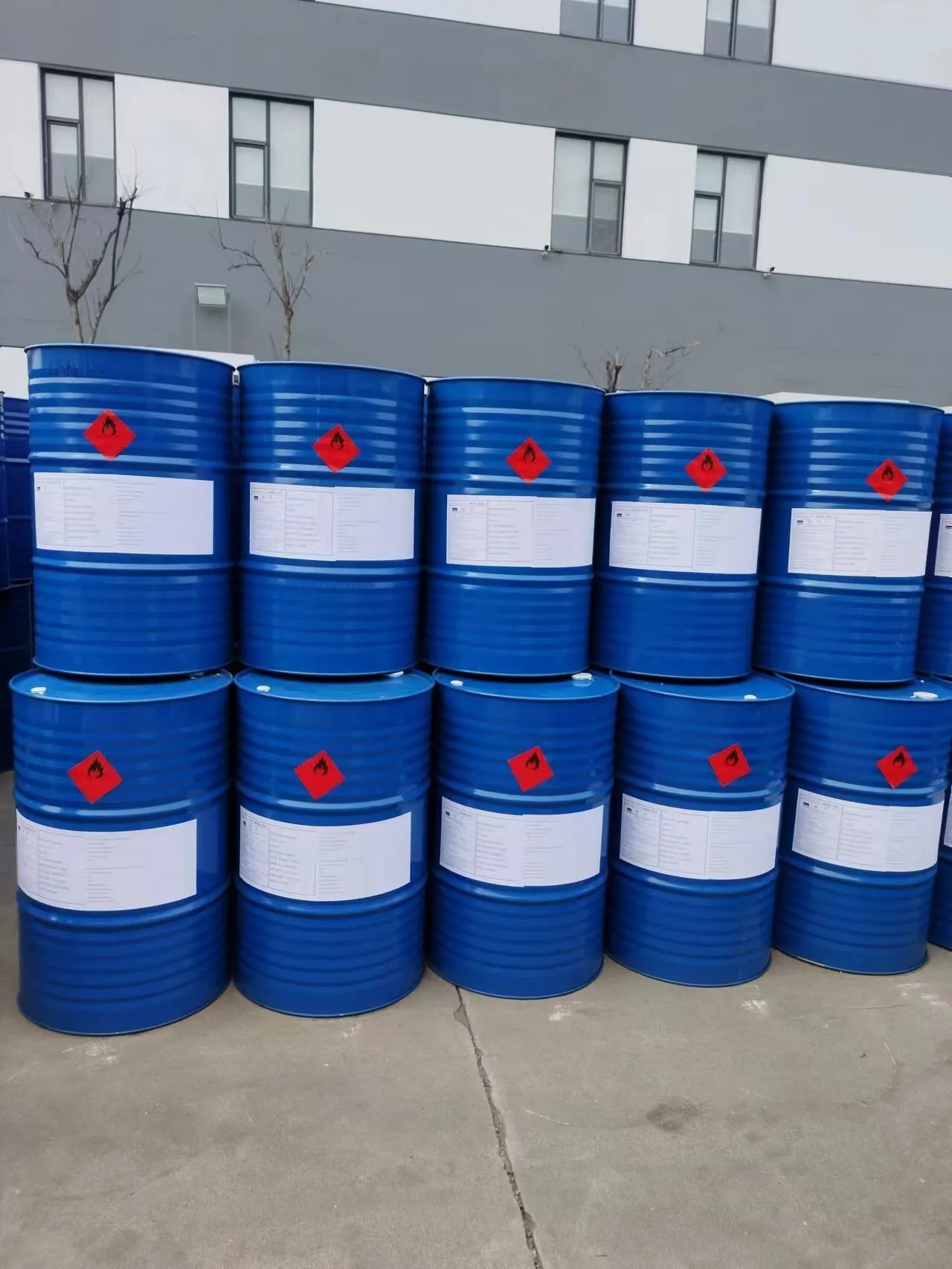
styrene butadiene latex
Styrene-Butadiene Latex An Overview
Styrene-butadiene latex (SBL) is a synthetic rubber emulsion predominantly composed of styrene and butadiene monomers. This versatile material finds extensive applications across various industries due to its unique blend of properties. From adhesives to coatings, SBL plays a critical role in enhancing product performance and durability.
Composition and Properties
The primary components of SBL are styrene, an aromatic hydrocarbon, and butadiene, a diene. When polymerized in an emulsion form, they create a copolymer with distinct characteristics. The styrene component provides rigidity and thermal stability, while the butadiene offers flexibility and resilience. This unique combination results in a material that exhibits excellent tensile strength, elasticity, and weather resistance. Additionally, SBL is characterized by its low glass transition temperature, which contributes to its rubber-like properties even at relatively low ambient temperatures.
Applications in Various Industries
One of the most significant applications of SBL is in the production of adhesives. The latex is used as a binding agent in wood adhesives, pressure-sensitive adhesives, and construction sealants. Its strong adhesion properties allow for excellent bonding to various substrates, making SBL invaluable in the construction sector.
In the coatings industry, SBL is utilized for its excellent film-forming capabilities. Coatings derived from SBL provide superior gloss, transparency, and durability. They also exhibit resistance to UV light and environmental degradation, making them suitable for outdoor applications. Additionally, SBL-based paints and coatings can enhance the aesthetic appeal of surfaces while providing protection against the elements.
styrene butadiene latex

The automotive industry also benefits from SBL's properties. It is frequently used in tire manufacturing, where its elasticity and strength contribute to better performance and longevity. SBL enhances the durability of tires by providing resistance to abrasion and wear, which is crucial for vehicles exposed to diverse road conditions.
Environmental Considerations
As environmental awareness increases globally, the production and use of SBL have evolved. Manufacturers are now focusing on sustainable practices by incorporating renewable resources and reducing volatile organic compounds (VOCs) in SBL formulations. Innovations in the production process aim to minimize waste and energy consumption, thus aligning with global sustainability efforts.
Moreover, the recyclability of SBL products is being explored. As the demand for eco-friendly materials rises, research is ongoing to develop recycling methods for SBL-based products, thereby reducing their environmental footprint at the end of their lifecycle.
Future Trends
The market for SBL is expected to continue its growth trajectory, driven by advancements in formulation technologies and a surge in demand for lightweight, durable materials. Emerging applications in electronics, such as in flexible circuit boards and electronic coatings, signify a promising future for SBL beyond traditional uses.
In conclusion, styrene-butadiene latex stands out as a crucial material in a variety of industries. Its unique blend of properties enhances the performance of products ranging from adhesives to coatings and tires. As sustainability remains a core global focus, the future of SBL will likely encompass innovations that promote eco-friendly practices while continuing to meet the evolving needs of the market. With its versatility and adaptability, SBL is poised to remain a key player in the world of synthetic polymers.
-
Pure Sodium Dichloroisocyanurate Dihydrate | Powerful DisinfectantNewsAug.29,2025
-
Industrial Chemicals: Quality & Purity for Every IndustryNewsAug.28,2025
-
Nitrile Rubber Honoring Strict Production StandardsNewsAug.22,2025
-
Aspartame Ingredients Honoring Food Safety ValuesNewsAug.22,2025
-
Fertilizer for Balanced Plant NutritionNewsAug.22,2025
-
Cyanide Gold Processing with High Purity AdditivesNewsAug.22,2025
-
Formic Acid in Textile Dyeing ApplicationsNewsAug.22,2025
Hebei Tenger Chemical Technology Co., Ltd. focuses on the chemical industry and is committed to the export service of chemical raw materials.
-

view more DiethanolisopropanolamineIn the ever-growing field of chemical solutions, diethanolisopropanolamine (DEIPA) stands out as a versatile and important compound. Due to its unique chemical structure and properties, DEIPA is of interest to various industries including construction, personal care, and agriculture. -

view more TriisopropanolamineTriisopropanolamine (TIPA) alkanol amine substance, is a kind of alcohol amine compound with amino and alcohol hydroxyl, and because of its molecules contains both amino and hydroxyl. -

view more Tetramethyl Thiuram DisulfideTetramethyl thiuram disulfide, also known as TMTD, is a white to light-yellow powder with a distinct sulfur-like odor. It is soluble in organic solvents such as benzene, acetone, and ethyl acetate, making it highly versatile for use in different formulations. TMTD is known for its excellent vulcanization acceleration properties, which makes it a key ingredient in the production of rubber products. Additionally, it acts as an effective fungicide and bactericide, making it valuable in agricultural applications. Its high purity and stability ensure consistent performance, making it a preferred choice for manufacturers across various industries.





